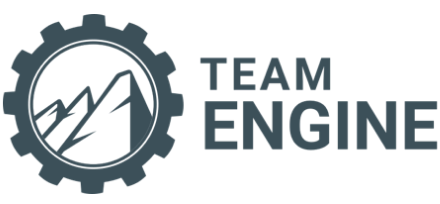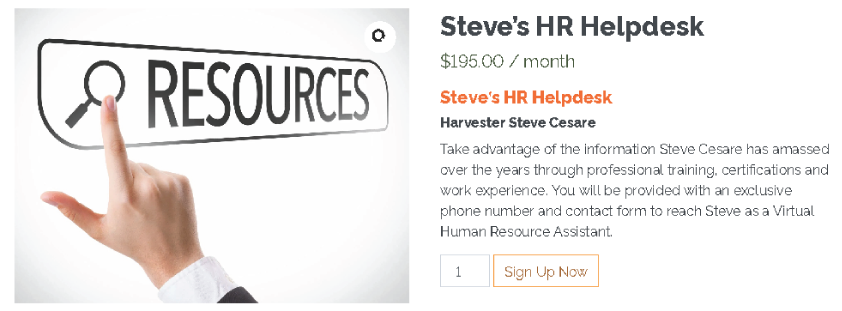
Welcome Back from the Snow Season!
Steven Cesare, Ph.D.
A business owner from Massachusetts called me the other day to talk about the annual transition from the snow season to the landscape season, and what he should do to get all the returning and new employees on the same page to ensure prompt, aligned, and optimal field execution. With 85-90 employees to consider, it is important for the business owner to design a well-crafted, organized “Landscape Kick-off Day” that is informative, fundamental, and engaging.
Rather than splitting the entire workforce into smaller groups on different days (e.g., March 7, 8, and 9), or staggering their work times (e.g., 7 a.m., 9 a.m., 11 a.m., and 1 p.m.) on the same workday, the owner preferred to have all the employees together at the same time, on the same day, simply partitioned into different groups. Fine with me. It’s his company. I support his decision.
Taking approximately four hours to complete, involving four distinct stations each employee must complete, here is the standard “Landscape Kick-off Day” configuration I recommended to the business owner.
Organizational Culture. This station is led by the Company President who provides a factual, upbeat overview of the Company History, Company Brand, Vision Statement, Mission Statement, Core Values, Success Behaviors, Do’s and Don’ts, Company Business Model, Results from Last Year (e.g., Departmental Revenue, Foreman and Crew Leader Retention Rates, Departmental Gross Margins, Job Quality, and Customer/Job Retention metrics), Marketing Map of all jobs, Company and Departmental Goals, Social Media Campaigns Planned for the Current Year, Web Site Updates, Key Learnings from the Previous Fiscal Year, Organizational Chart, Company Calendar, and Career Ladder. Interwoven throughout this presentation, are energy, optimism, the need for teamwork, customer service, and vertical trust throughout the company.
Administrative. This station is all about paperwork, co-facilitated by a Departmental Manager and Human Resources. All key documents should be signed by all attendees before they leave the session: Employee Handbook, I-9 Form, Arbitration Agreement and Employee Confidentiality Agreement if necessary, Key Issuance Agreement, PPE Acknowledgment, W-4 Form, Benefits Enrollment, Cell Phone Issuance Agreement, Employment Application, Job Description, Performance Appraisal Form, Sexual Harassment Policy, EEO Policy, Direct Deposit Form, Image and Release Agreement, Vehicle Take Home Form, Time Off Request Form, and any required state or federal forms or notifications (e.g., FMLA, Domestic Violence, Payroll documents).
Safety. This station is all about hands-on proficiency and is led by a Departmental Manager and the Safety Coordinator. Due to increased litigation, the practice of simply reviewing innumerable safety videos has been replaced by an actual hands-on demonstration of equipment safety thereby confirming that the employee could actually start, operate, navigate, and shut off the equipment without injury (i.e., behavioral proficiency). Would you trust a pilot who only practiced on a video game, YouTube clip, or simulator? I didn’t think so. Based on position, standard hands-on equipment training typically includes: mowers, blowers, hedge trimmers, edgers, chain saws, pole saws, weed eaters, Skid Steer, Trencher, and Mini-ex. Other common safety topics shared during this session include: Safety Tailgate Calendar, Emergency Action Plan, Fire Prevention Program, Hazard Communication Program, Injury Reporting Procedures, PPE requirements, Lockout/Tagout, Heat Illness Prevention, Eye Wash Station, Drug and Alcohol Policy, Hooking up a Trailer, Fuel Mixture Procedures, and Proper Lifting Techniques.
Operations. This station is led by a Departmental Manager and a Field Supervisor and addresses daily work procedures. For example: shift start time, meal periods, rest breaks, daily/weekly work hours, absenteeism/tardiness call-in procedures, timesheet completion and submittal, time off requests, payroll periods, date of the first paycheck, overtime guidelines, Shop procedures, yard departure and arrival tasks, training programs, customer service expectations, name of Foreman or Supervisor, were to report to in the yard each day, job site procedures including etiquette, job sequencing routines, and rotation maps, proper un/loading of trucks and trailers, and securing equipment on a vehicle, in the yard, or container.
If you have any questions or comments about this topic or anything else related to human resources, Sign Up for Steve’s HR Helpdesk!
Check Out Harvester Steve Cesare’s
NEW OFFERING!
Harvest Group Partners

Click the icon below to download the Harvest Group Mobile app!
What do you want to learn more about?
The Harvesters want to know what topics you would like to see us discuss. Click below to submit your ideas!




